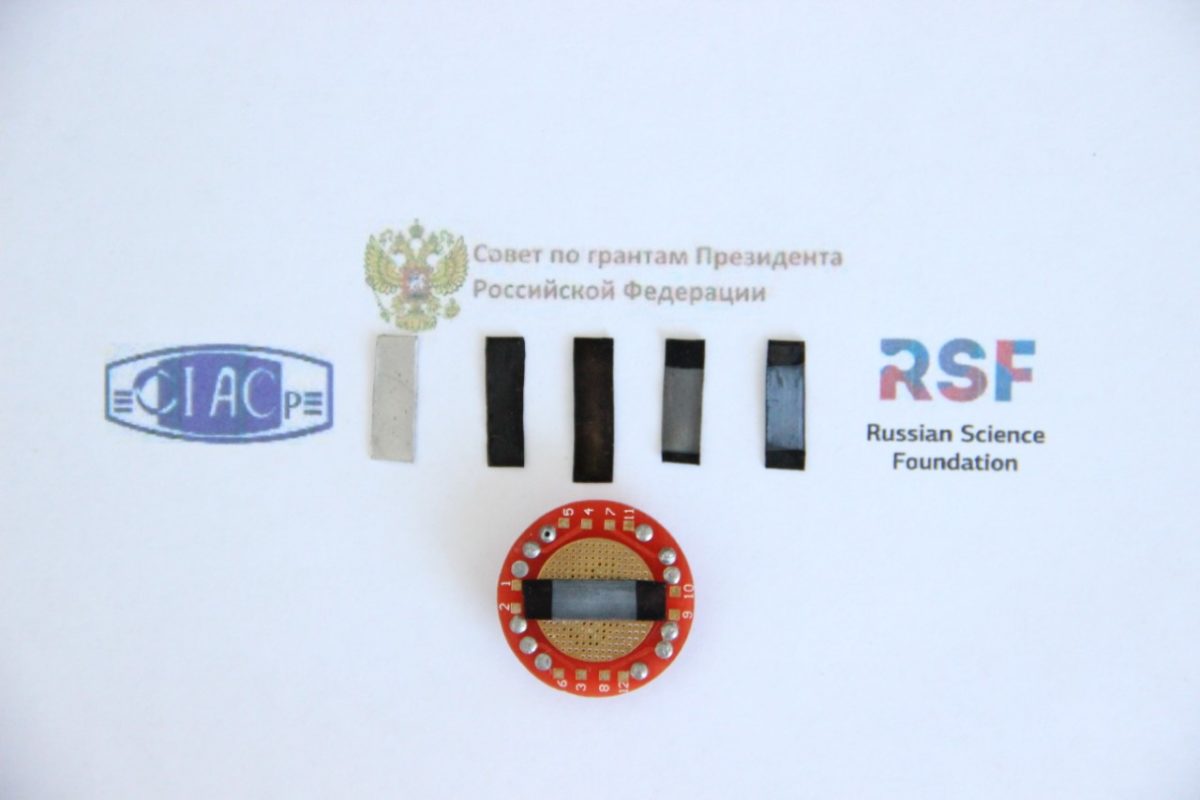Scientists at the Institute of Automation and Control Processes in Russia have fabricated a heterojunction solar cell based on a novel kind of black silicon. The material reportedly has a higher near-infrared (NIR) light absorption and is better adjusted to absorb solar irradiance in the 1.100 nanometer to 1,800 nm range.
The solar cell is based on an absorber layer made of magnesium silicide (Mg2Si), which is an inorganic compound consisting of magnesium and silicon with an energy bandgap 1.5 eV, and is built on stainless steel (SS) substrate.
“This is the first practical demonstration of the applicability of the black magnesium silicide in solar cells,” researcher Alexander Shevlyagin told pv magazine. “In addition, we tested another concept relying on a semimetal transparent top electrode made of calcium disilicide.”
The scientists directly integrated the black silicon layers into a textured rare reflector made of an SS substrate that also served as a back electrode. Through a two-step wet-etching protocol, they covered the textured SS surface with iron oxide (Fe3O4), which they said acted as an effective diffusion barrier during silicon overgrowth.
“The resultant SS/Fe3O4/Si templates demonstrated competitive antireflection properties without needing to deposit any intermediate layers,” the scientists said.
They tested the cell under standard illumination conditions at ambient temperature. They found the device demonstrated an averaged reflection (AVR) of 15% in the spectral range of 200 nm to 1,800 nm and a power conversion efficiency of 7.5%.
“We assume the cell could beat 10 % efficiency by optimizing surface texturing of the stainless steel, for example by replacing wet chemical etching with full spectrum laser texturing,” Shevlyagin explained. “In doing so, careful optical modeling by means of finite element calculations could be very helpful.”
Popular content
He said the proposed and tested concept offers a very low-cost solution for direct integration of the light-absorbing layers and textured constructive substrate.
“One of the main cost-reduction factors resulted from the implemented bottom-up approach in the production of the silicon layers on textured steel, as there are no needs in silicon wafer thinning and high silicon consumption,” he said. “In addition, our approach allows skipping the deposition of the diffusion barrier layer saving some time and resources. Finally, one can further reduce production costs by testing this idea on the battery, packaging or construction steels instead of the high-gloss steel used in the current investigation.”
The Russian team also noted the importance of using earth-abundant materials such as silicon and magnesium.
“This is why the relatively low efficiency achieved by our cell may be easily compensated by very low production costs,” said Shevlyagin.
The academics introduced the cell technology in “Textured Stainless Steel as a Platform for Black Mg2Si/Si Heterojunction Solar Cells with Advanced Photovoltaic Performance,” which was recently published in State-of-the-Art Functional Materials and Nanomaterials in Asia 2021–2022.
This content is protected by copyright and may not be reused. If you want to cooperate with us and would like to reuse some of our content, please contact: editors@pv-magazine.com.



By submitting this form you agree to pv magazine using your data for the purposes of publishing your comment.
Your personal data will only be disclosed or otherwise transmitted to third parties for the purposes of spam filtering or if this is necessary for technical maintenance of the website. Any other transfer to third parties will not take place unless this is justified on the basis of applicable data protection regulations or if pv magazine is legally obliged to do so.
You may revoke this consent at any time with effect for the future, in which case your personal data will be deleted immediately. Otherwise, your data will be deleted if pv magazine has processed your request or the purpose of data storage is fulfilled.
Further information on data privacy can be found in our Data Protection Policy.